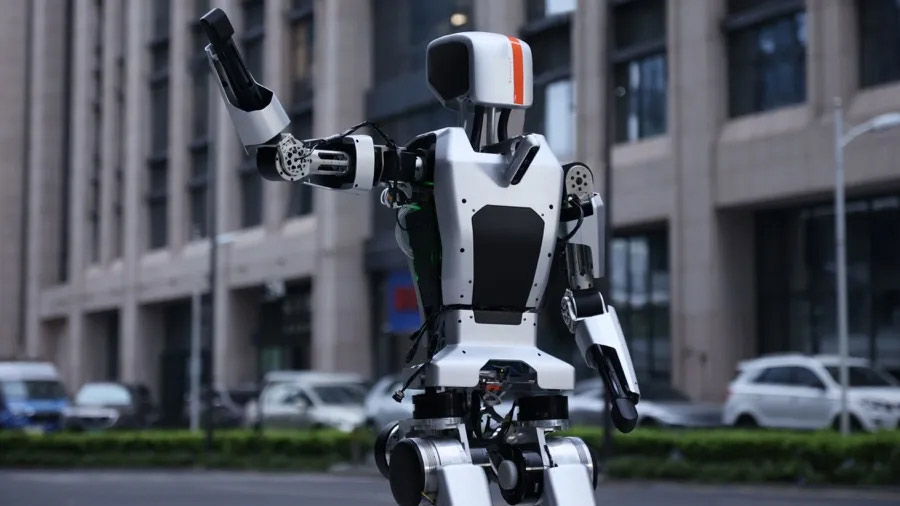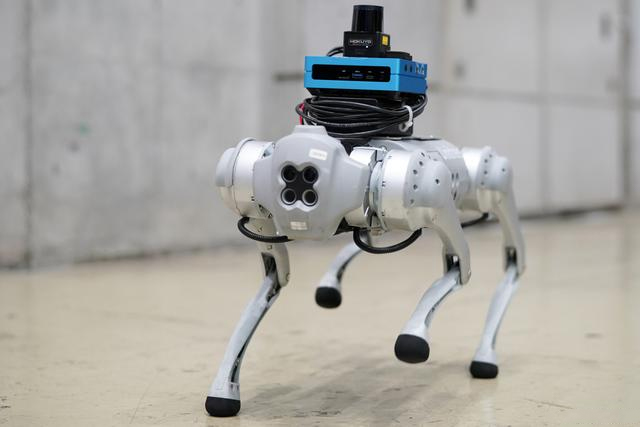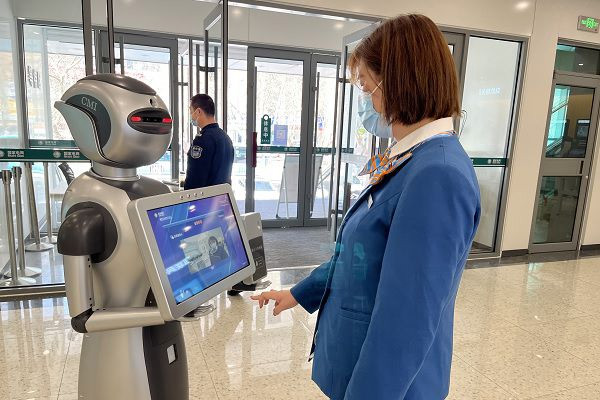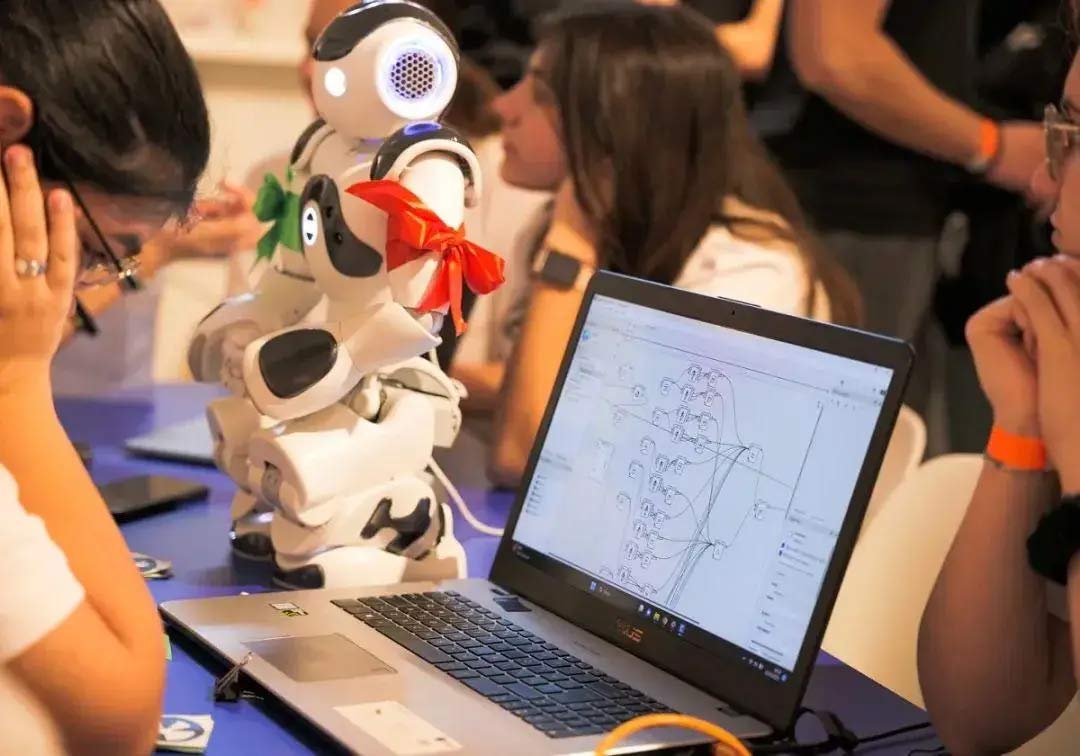The application of servos in the field of robotics is very extensive, as they can accurately control the rotation angle and become commonly used actuators in robot systems. The following are the specific applications of servos on different types of robots:
1、 Humanoid robot
In embodied humanoid robots, servos play a crucial role. It can control the precise movements of the robot's head rotation, arm movement, hand grasping, etc., enabling the robot to achieve more humanized motion performance. Through the collaborative work of multiple servos, humanoid robots can complete complex action sequences such as walking, running, waving, etc. Due to the small size and high torque of servos, they are currently widely used in grippers, dexterous hands, and other applications.
2、 Multi legged robot
Multi legged robots, such as quadruped or hexapod robots, also extensively use servos to control the movement and posture of their legs. Each leg is typically composed of multiple servos that control the bending and extension of joints, enabling the robot to move forward, backward, turn, and climb hills. The high precision and stability of servos are crucial for multi legged robots to maintain balance and stable walking.
3、 Cleaning robot
Servo motors are more commonly used in robotic vacuum cleaners and floor scrubbers In robotic vacuum cleaners, it is mainly used to enhance obstacle crossing ability. By rotating the card position at an angle and lifting the obstacle crossing wheel or mop module, the sweeping robot can easily cross obstacles such as carpets and thresholds, improving cleaning efficiency Floor scrubber: In the floor scrubber, the servo can be used to control the baffle or scraper to block and scrape off the garbage and debris on the roller brush, improving the self-cleaning ability. At the same time, the servo can also be adjusted in multiple levels according to the suction and water output of the floor scrubber, achieving more precise cleaning control.
At the same time, servos are also used for turning and other functions in lawn mowing robots, pool cleaning robots, solar panel cleaning robots, snow sweeping courtyard robots, etc.
4、 Service Robot
In the field of service robots, servos are widely used in various service scenarios. For example, restaurant service robots control the movement of their arms and trays through servos to achieve functions such as autonomous food delivery and tableware recycling; The hotel welcome robot interacts and guides guests by controlling the movements of its head and arms through servos. The application of servos enables service robots to complete various service tasks more flexibly and accurately. In addition, there are also home care robots and so on.
5、 Special robots
In the field of special robots, such as underwater robots, space robots, etc., servos also play an important role. These robots need to face complex and ever-changing environments and task requirements, which place higher demands on the performance of their servos. For example, underwater robots require servo motors to have waterproof, corrosion-resistant and other characteristics; Space robots require servos with high reliability, long lifespan, and other characteristics. The application of servos enables special robots to work stably in extreme environments and complete various difficult tasks.
6、 Educational robots and research robots
In educational and research robots, servos are also commonly used to achieve various teaching and research functions. For example, educational robots interact and teach children by controlling the movements of their arms and heads through servos; Research robots control various experimental devices and sensors through servos to conduct scientific experiments and data collection. The application of servos provides more flexible and precise experimental and teaching methods for the fields of education and scientific research.
Summary
In summary, servos are widely used in the field of robotics, covering various aspects such as humanoid robots, quadruped robots, cleaning robots, service robots, special robots, as well as educational and scientific research robots. The high precision, stability, and ease of control of servos make them an indispensable part of robot systems. With the continuous development and popularization of robot technology, the application prospects of servos will also be broader.
Post time: Sep-05-2024






